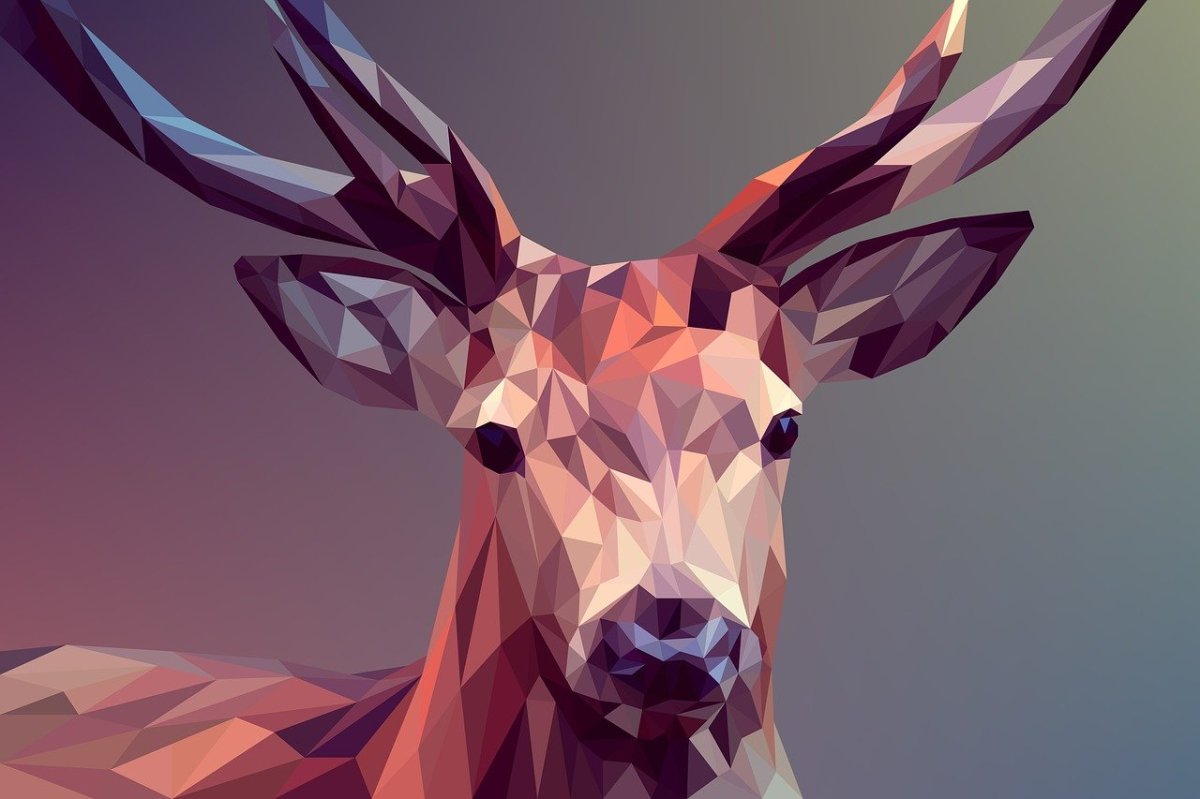When talking about digital environments and art, the issue of authenticity and uniqueness of each work can arise. Creators and buyers of art and collectors of all kinds of digital assets have the same concerns: is this work authentic, is it unique, are there copies of a given digital work.
Digital art and millionaire collecting
And the sum of money that this new artistic current moves is not small. In 2021 the news broke: Beeple, a digital artist, became world famous when his work ‘Everydays – The First 5000 Days’ sold for 57 million euros. At the time, it became the third most expensive work of art ever auctioned by Christie’s by a living artist.
Not all digital works have such an impact, but this milestone put this field on the map. The buyers of these pieces are consumers who are very familiar with cryptocurrencies and can start to get their hands on a collection of interesting pieces for much less than what Beeple’s work cost. From around €600 it is possible to find interesting works, without the need to join more conventional and perhaps more elitist art and collecting circuits.
Precisely following this alliance of crypto-art and blockchain, in 2022, Telefónica launched a collection of 114 NFTs associated with a series of 114 unique drawings in digital format made by the chef Ferran Adrià, depicting the history of culinary evolution.
What is crypto-art?
This is a new art form that uses new technologies to create unique digital content. They are not just illustrations. Within this category we find pieces in other formats such as videos, music, poems, and even a tweet. And all of them can run into the millions. For example, the first tweet on the platform fetched over two million at auction, and in the music scene, in 2021, DJ 3LAU sold the first crypto-album for more than 11.6 million euros and started a trend that has since been followed by other artists such as Kings of Leon, Grimes and Shawn Mendes.
Crypto-art, also called cryptoart or digital art, uses the technology of NFTs in such a way that each work of art or artistic creation is linked to an NFT or Non Fungible Token, as is the case with the use of cryptocurrencies. These NFTs are digital assets based on cryptography that certify, on the one hand, each piece as unique and unrepeatable, and on the other hand, guarantee both the authorship and the ownership of the piece, making it possible to guarantee each transaction made with each work, and to carry out a trace if necessary (for example, in the event of theft or fraud).
Crypto-art and blockchain, a secure relationship
Through NFTs, a digital certificate of authenticity is attached to each piece of artwork that will always and indivisibly accompany it. This information cannot be modified or manipulated in any way. How is this possible? Through the use of blockchain technology.
Blockchain technology works as a database where all the information concerning (in this case) a specific piece of artwork is recorded. But it has a feature that makes it special: it is a shared, decentralised database, which does not involve any institution or intermediary, which creates a single record and which in turn generates synchronised copies that make it impossible for the data to be manipulated.
Therein lies the power of the blockchain as a security tool. So it doesn’t matter whether a digital artwork can be shared and viewed on social media, impacted around the world or copied, both the creator and the owner know what the original work is. Even if a copy of the original were made and certified with a TFN, this second copy could never be the same as the TFN of the original work. As a result, collectors are increasingly turning to this type of art.
Security for the collectors market
The collectors market and the digital art market have seen in the combination of crypto-art and blockchain an interesting space to push forward. Digital art already has its place in collecting and there are already investors and collectors who see it as a good option to bet on. Sotheby’s and the aforementioned Christie’s have already done so, and with very good results.
The novelty of the market and the guarantee of security offered by blockchain technology are important for this activity and for collectors, many of whom are already accustomed to the level of security offered by tokens in the financial sector: authentication, tracking and traceability, giving creators control of their works, and owners the peace of mind of knowing that they are in possession of the original piece, free of counterfeits, and in the event of theft, traceability is simple.
Virtual collecting and cyberfraud
It is true that no area of the virtual realm is free from attack by cybercriminals. Nor is virtual collecting off-limits to cybercriminals. Aware of the boom in this market, full of original and exclusive pieces, scams are often carried out in the form of social engineering. The aim: to obtain personal data to access the wallets in which digital assets are stored, as if they were cryptocurrencies.
The alliance between crypto-art and blockchain offers a very promising future for both the collecting market and the artists and creators themselves.
